
*Disclaimer: The advice on LittleThings.com is not a substitute for consultation with a medical professional or treatment for a specific condition. You should not use this information to diagnose or treat a health problem without consulting a qualified professional. Please contact your health-care provider with questions and concerns.
The inside of your nose probably isn't a part of your face you pay a lot of attention to on a daily basis. But when something isn’t quite normal in there, you’ll definitely feel it. Nose bumps that grow inside your nostrils can be caused by a wide variety of factors and range from tiny to large, red to white, and mildly annoying to life-threatening. Regardless of what you're dealing with inside your nose, whether it's polyps in the nose, synus cysts, a painful pimple inside the nose, or anything else, it’s always good to have some sense of what’s causing it and how you can treat the bump if it doesn’t go away on its own.
More from LittleThings: The Shape Of Your Toes Can Reveal Interesting Secrets About Your Personality
Even though they feel strange, most nasal bumps, such as nasal polyps, are relatively harmless. But since some bumps could be caused by bacteria that can spread and create problems all over your body, diagnosing and treating the issue is important. Below are some potential causes of those pesky nose bumps.
1. Nasal Polyps
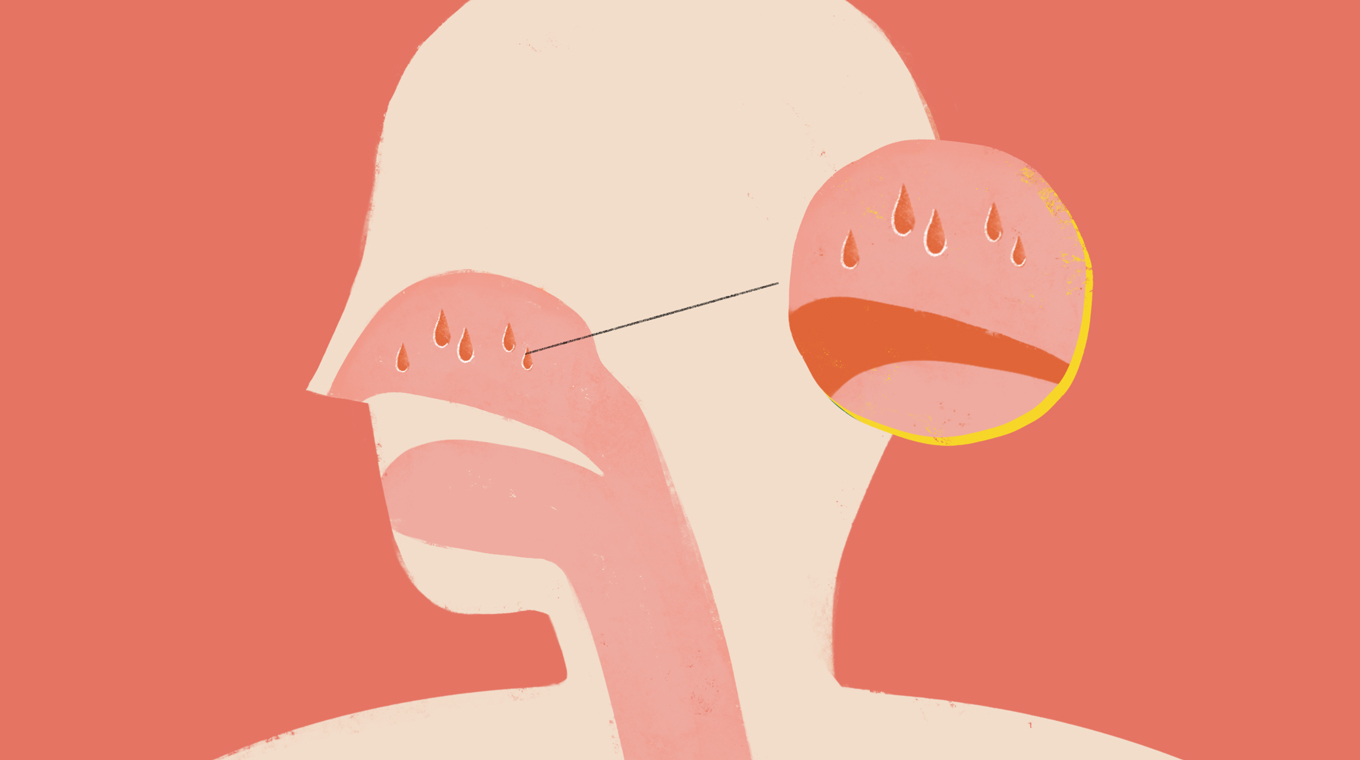
Nasal polyps are most common in adults, so if your child is complaining about bumps in her nose, these probably aren’t the cause. According to the Mayo Clinic, these soft, noncancerous growths in the nose are often caused by asthma, infections, sensitivity to certain drugs, or immune disorders. Apart from being annoying, they generally don’t pose an issue unless they block your nasal passages and make it hard to breathe.
Nasal polyps hang down from the top of your nasal passages like teardrops and generally aren’t painful. But according to MedlinePlus, symptoms can include a runny or stuffy nose, loss of smell or taste, and sometimes pain in the face or head. If the bumps in your nose are nasal polyps, your doctor can help you treat them using medication. If that fails, surgery is also an option.
2. Acne
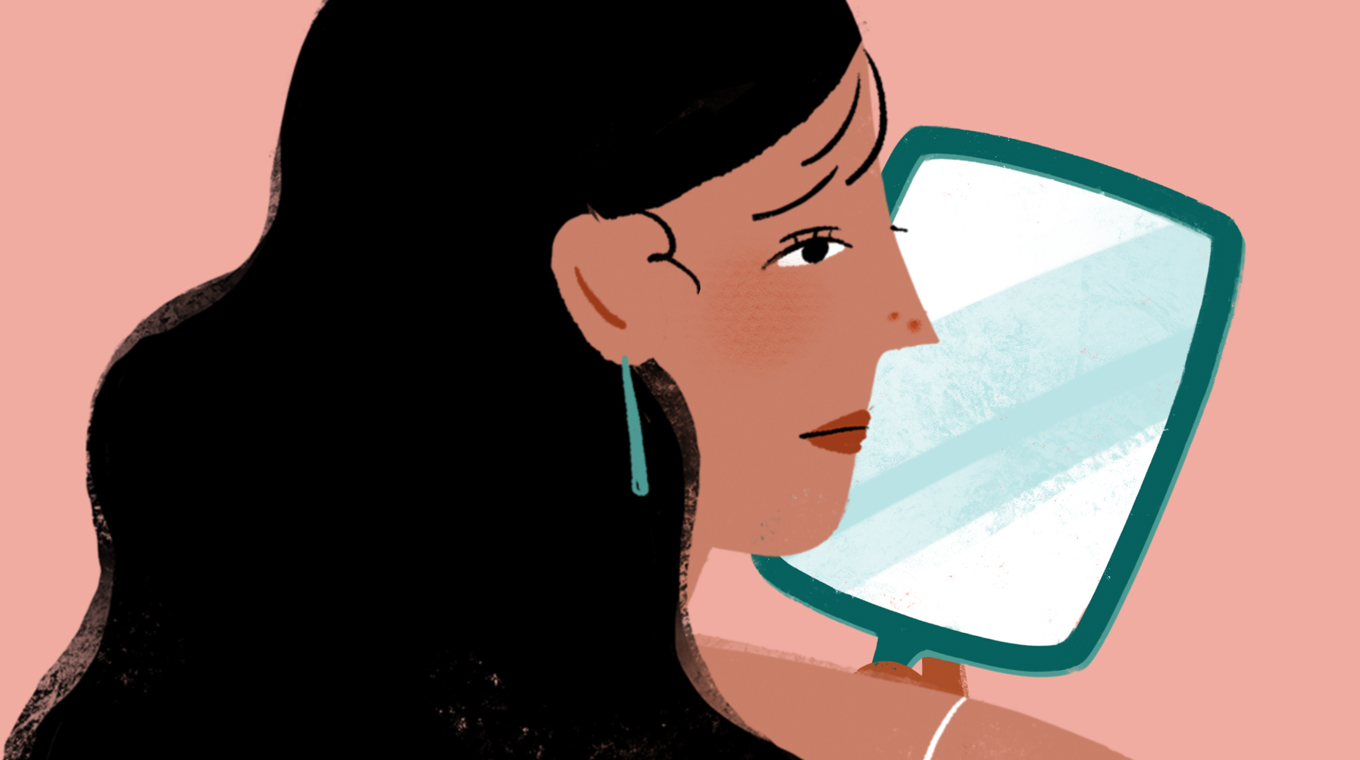
Just as you can get acne on your face, chest, and just about any other area of skin, you can also get it inside or around your nostrils. According to HeyDoctor.com, pimples in the nose are caused by a variety of factors, including blocked pores, bacterial infections, or folliculitis. Taking nonsteroidal anti-inflammatory drugs (NSAIDs) can help reduce the swelling if the cause isn’t something like a staph infection. Keeping the affected area as clean as possible can help the acne go away faster.
3. Nasal Abscesses
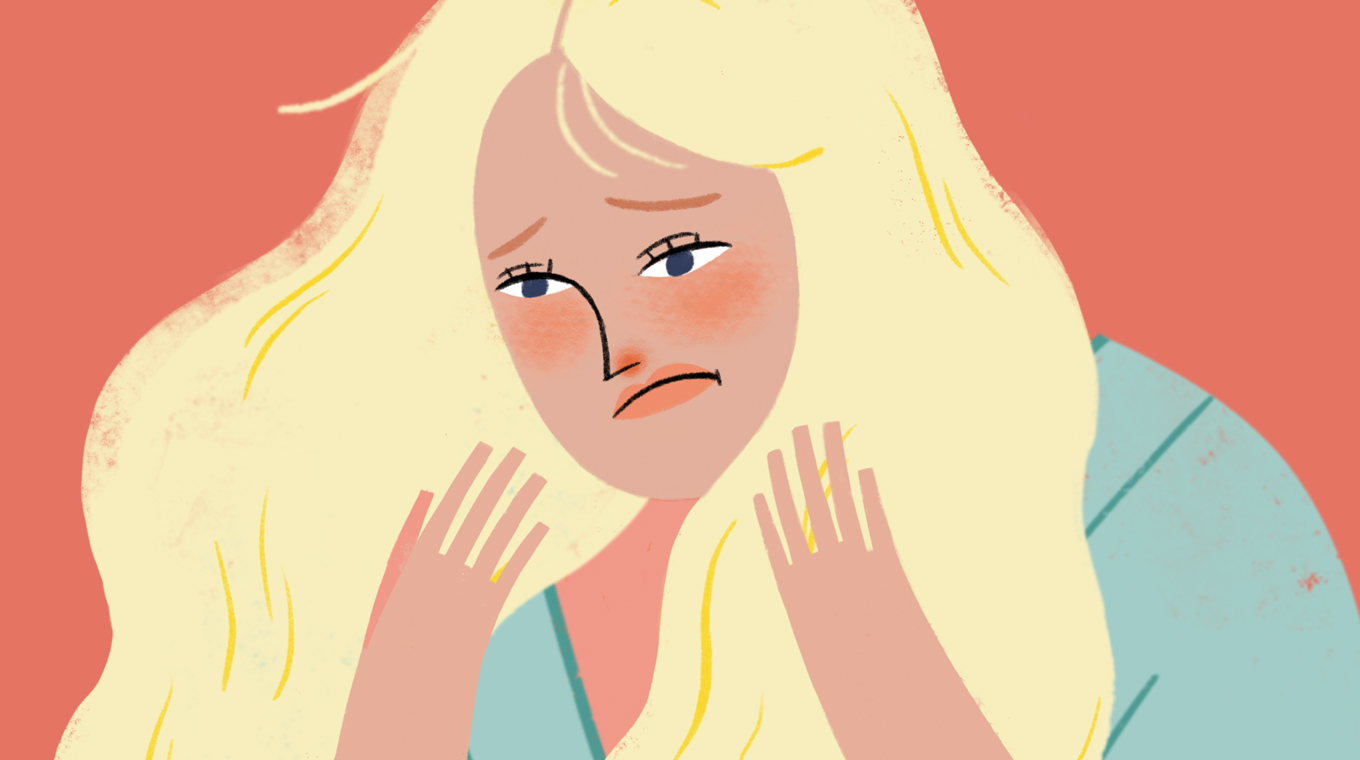
According to MedlinePlus, abscesses are filled with a mixture of “living and dead white blood cells, germs, and dead tissue,” can be caused by anything from bacteria to parasites. They can form just about anywhere in the body, and that includes in your nasal passages. Antibiotics can help with the treatment of abscesses, but your doctor will most likely have to drain the bump to get rid of it.
4. Infected Nose Piercing
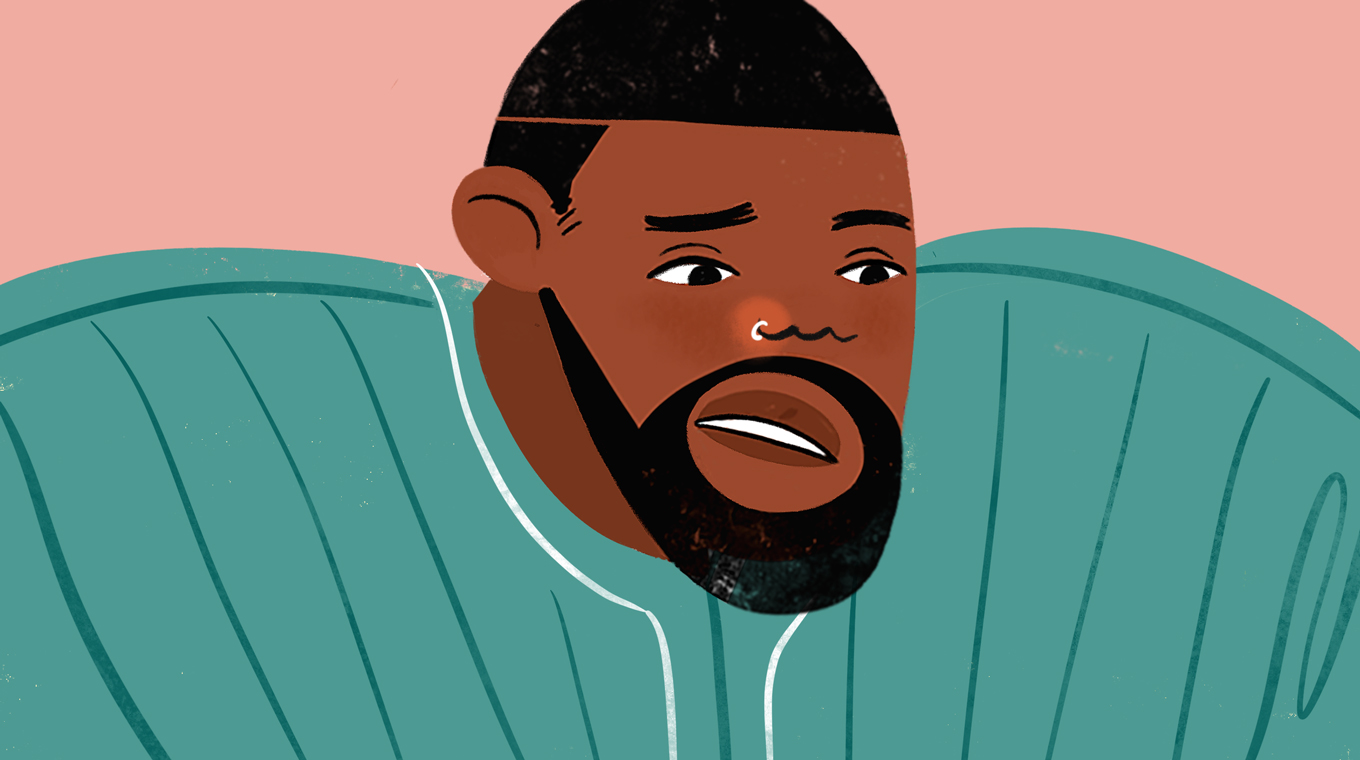
A good piercing artist will teach you how to keep your body art free from infection. Even if you do everything right, your new piercing could cause problems, including inflammation and drainage inside the nose. Livestrong says that you can treat an infected nose piercing using a cotton ball (or a cotton swab), soap, and salt water. But if the infection persists, it’s a good idea to visit a doctor to rule out any other issues.

According to Your.MD, this medical issue can be life-threatening if left untreated, though it is rare. It occurs when a blood clot develops in the cavernous sinuses, which are hollow spaces under each eye socket near the bottom of the brain. Most cases are caused by staph bacteria spreading into the cavernous sinuses, where a clot forms to prevent the infection from spreading even more. However, this clot can prevent blood from reaching crucial areas of the body, potentially causing damage to the central nervous system, eyes, and brain. If you suffer from this condition,you might experience swollen bumps within your nose, bulging eyes, sharp and persistent headaches, and severe eye pain.
6. Nasal Vestibulitis
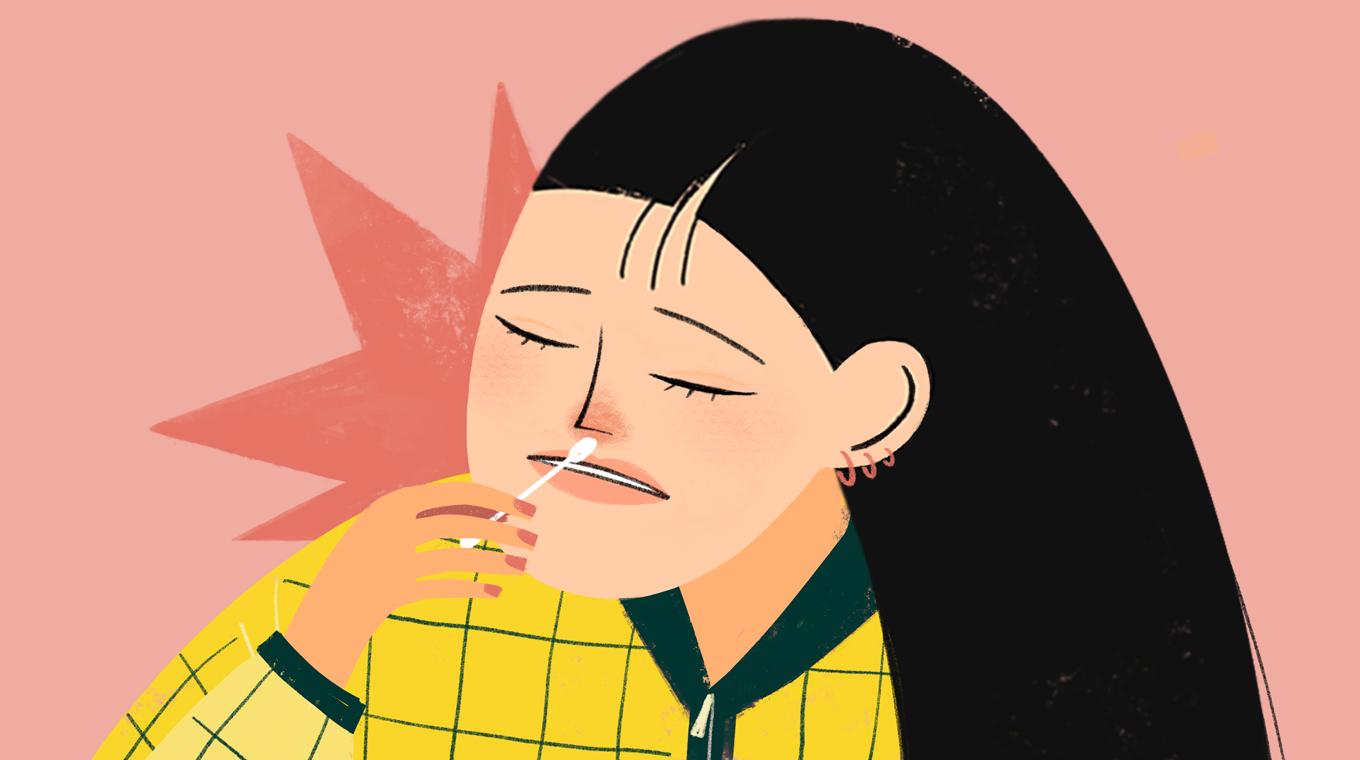
Nasal vestibulitis is just a fancy way of describing swelling of the nasal vestibula, which are located in the area just inside the nostrils. The Greater Baltimore Medical Center explains that nasal vestibulitis is most often caused by staph bacteria. Most cases are mild, and the usual symptoms are swelling, redness, tenderness, and acne. On very rare occasions, the infection can spread and develop into the aforementioned cavernous sinus thrombosis, but usually a course of antibiotics plus compression with a damp, warm washcloth can make the infection go away.
7. Nasal Furuncle
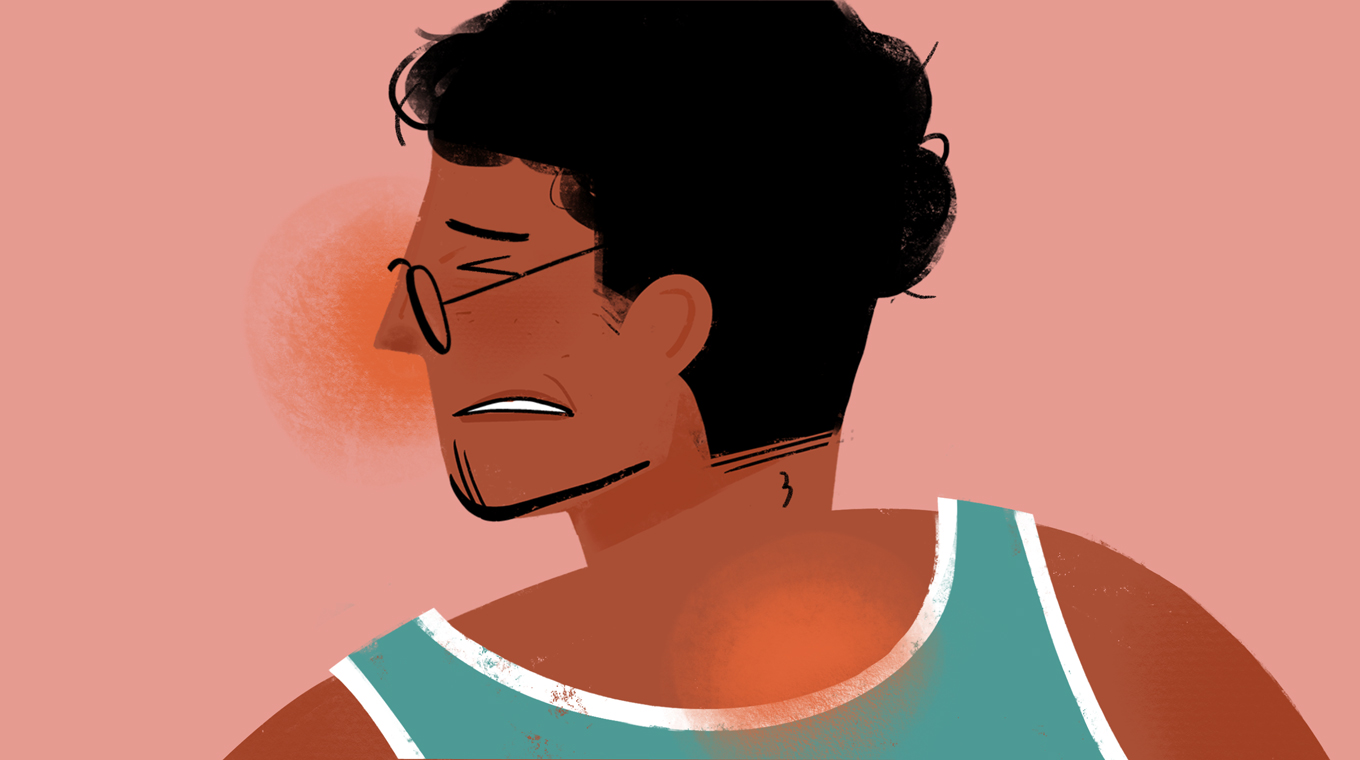
A furuncle is just another way of describing a boil, which is a hair follicle that gets infected and fills with a small amount of pus. According to WebMD, these can occur anywhere on the body, from your nose to your back (especially hairier areas) and are caused by staph bacteria. Because staph bacteria can spread and cause more serious issues, it’s best to visit a doctor to drain a boil and get the proper medication, but these bumps usually don’t turn into anything more problematic.
8. Nasal Cavity Cancer

In rare cases, the bump inside your nose could be a tumor or another sign of nasal cavity cancer. According to Cancer.net, other symptoms of this type of cancer include headaches, nasal drainage, bulging of one eye or loss of vision, decreased sense of smell, frequent nosebleeds, and persistent sinus infections or congestion. However, these symptoms can also indicate other medical issues, so it’s best to go to your doctor to figure out exactly what the problem is before jumping to conclusions.
When to See a Doctor About a Nose Bump
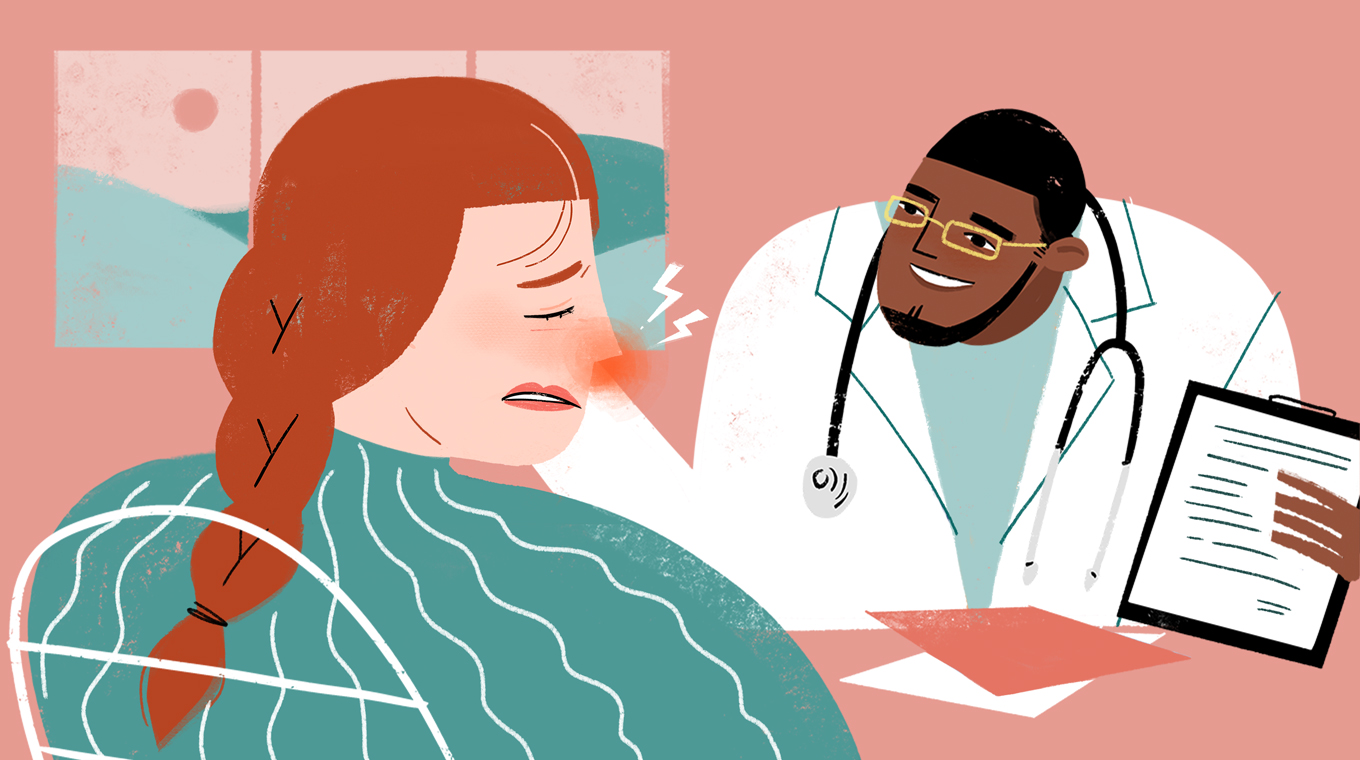
Because a nasal bump can indicate a variety of different problems of vastly different levels of severity, monitoring the growths inside your nose is very important. If the bump goes away within a few days or with the use of a warm compress, your body probably cleared out the infection on its own. However, if the bump is affecting your quality of life by causing you pain or making it difficult to breathe, or if it's accompanied by other symptoms, it’s best to get checked out so any serious underlying issues can be stopped in their tracks.
How to Prevent Bumps Inside the Nose
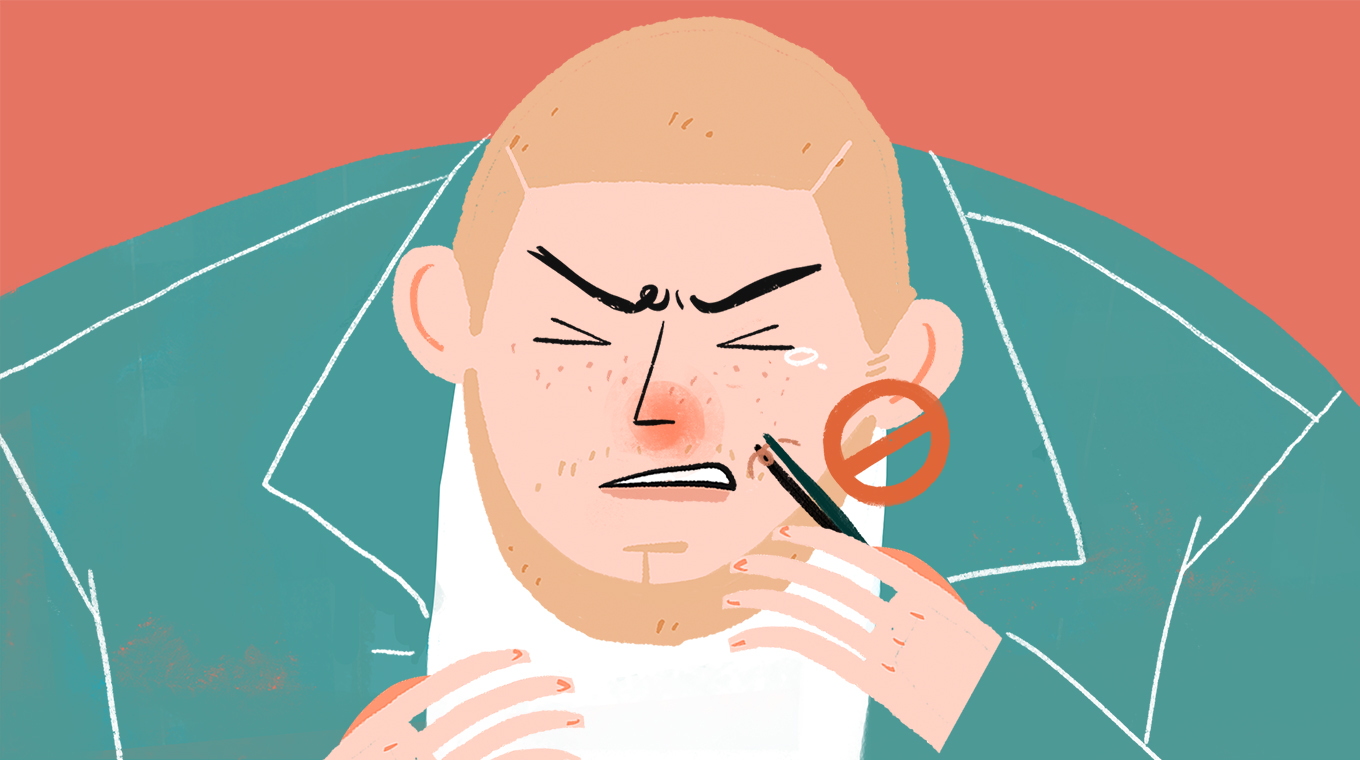
Because most nasal bumps are caused by staph bacteria, your best bet when it comes to keeping your nose free of unwanted lumps is by taking the necessary steps to prevent the bacteria from getting inside your nasal cavity. Avoid sharing personal items such as tweezers with other people (though you really shouldn’t be plucking your nose hairs anyway), and always keep your hands clean, especially if you absolutely must pick your nose.
If you found this article helpful, don’t forget to SHARE it with your friends so they can learn how to deal with this annoying bumps!




